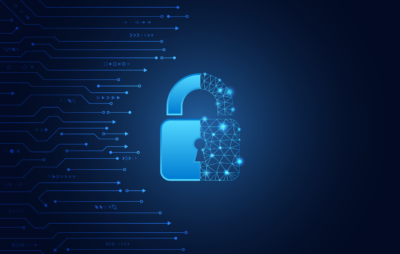 Leuven, Belgium – 9th March 2021 – Septentrio, a leader in high-precision GNSS* positioning solutions, announced today that its receiver has successfully authenticated navigation data of the first OSNMA encrypted GNSS satellite signal. OSNMA (Open Service Navigation Message Authentication) offers end-to-end authentication on a civilian signal, protecting receivers from spoofing** attacks. OSNMA is being pioneered by the Galileo Program, with Septentrio providing a testbed for this technology from the end-user point of view. The anti-spoofing capabilities of OSNMA will complement Septentrio’s already available best-in-class anti-jamming technology, AIM+, and further strengthen the overall security of Septentrio GNSS receivers.
Leuven, Belgium – 9th March 2021 – Septentrio, a leader in high-precision GNSS* positioning solutions, announced today that its receiver has successfully authenticated navigation data of the first OSNMA encrypted GNSS satellite signal. OSNMA (Open Service Navigation Message Authentication) offers end-to-end authentication on a civilian signal, protecting receivers from spoofing** attacks. OSNMA is being pioneered by the Galileo Program, with Septentrio providing a testbed for this technology from the end-user point of view. The anti-spoofing capabilities of OSNMA will complement Septentrio’s already available best-in-class anti-jamming technology, AIM+, and further strengthen the overall security of Septentrio GNSS receivers.
“The authentication of the Galileo signal using the OSNMA technology is yet another ‘first’ that we are pleased to share with our close partner ESA,” commented Bruno Bougard, R&D Director at Septentrio. “Septentrio is proud and thankful to be able to contribute to the realization of one of Galileo’s key differentiators. “
“Septentrio is committed to providing highly accurate and secure positioning and timing solutions to industrial applications and critical infrastructure. This is another example where Septentrio demonstrates its leadership in end-to-end GNSS receiver security with its breakthrough anti-jamming and anti-spoofing technology,” said François Freulon, Head of Product Management at Septentrio. “Thanks to our future proof products, we will be rolling out OSNMA in our portfolio as soon as it is available. This will further enhance the security of our receivers ensuring robust, trustworthy and reliable operation even in the most challenging environments.”
ESA (European Space Agency) and GSA (European GNSS Agency) have now commenced the testing phase of the OSNMA authentication, which will continue during the coming months. To find out more about spoofing and OSNMA take a look at this article. For more information about GNSS signals and the value they bring, join Septentrio’s free webinar More GNSS signals: What’s in it for you?
* Global Navigation Satellite System including the American GPS, European Galileo, Russian GLONASS, Chinese BeiDou, Japan’s QZSS and India’s NavIC. These satellite constellations broadcast positioning information to receivers which use it to calculate their absolute position.
** Jamming occurs when GPS frequency is overpowered by other RF radiation, which can be emitted by illegal devices called ‘jammers’. Spoofing is a malicious form of jamming where faulty coordinates are sent into the receiver.
About Septentrio
Septentrio designs and manufactures multi-frequency multi-constellation GPS/GNSS positioning technology for demanding applications. Reliable centimeter-level positioning enables machine automation improving efficiency and safety. Septentrio provides positioning solutions for industrial applications such as robotics, construction, agriculture, survey and mapping, maritime, logistics and unmanned aerial vehicles (UAVs). Septentrio has its headquarters in Leuven, Belgium and has a world-wide presence with offices in Los Angeles, Shanghai, Seoul and Yokohama as well as numerous partners around the world. To learn more about Septentrio and its products, visit septentrio.com.
Related info:
· Insight article: What is spoofing and how to ensure GPS Security?
· Webinar: More GNSS Signals, what’s in it for you?
